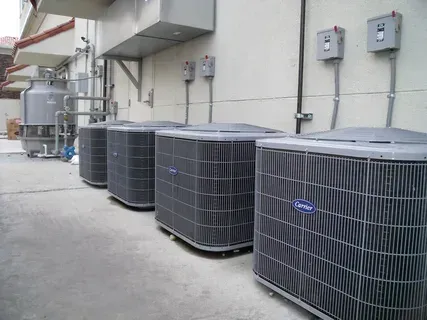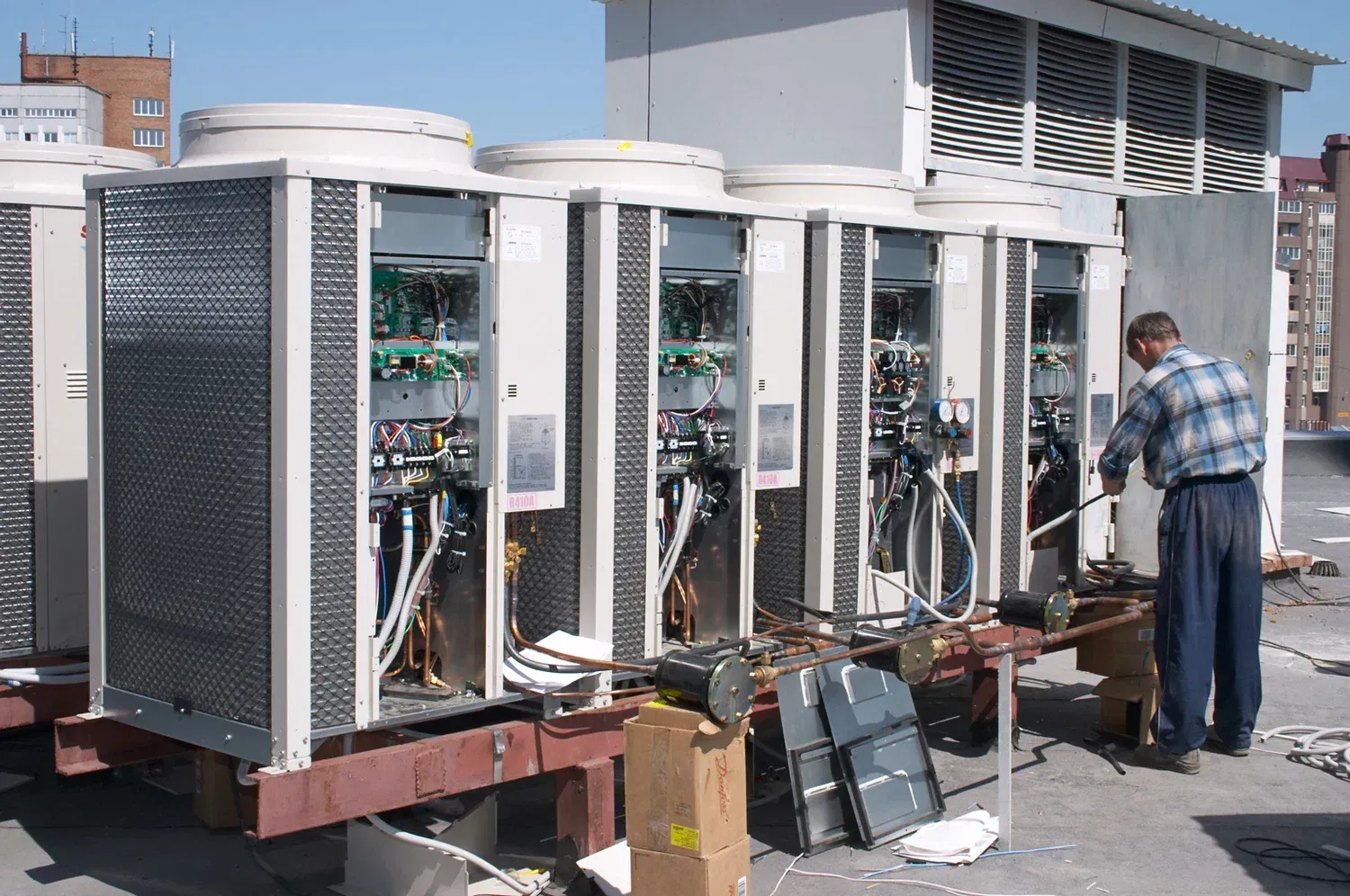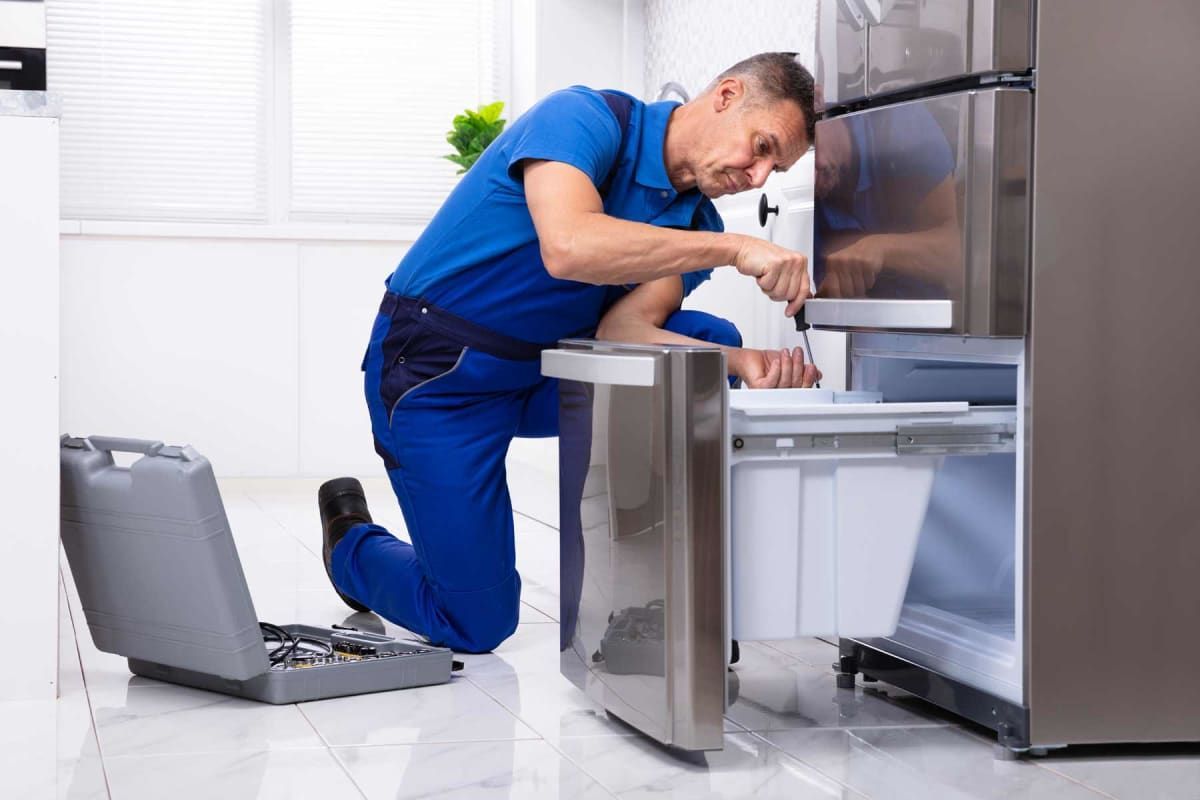The Importance of Commercial HVAC Heating Planned Maintenance
At Caledonian Mechanical Inc., we take pride in delivering comprehensive planned
HVAC maintenance to ensure that commercial heating systems operate at their peak
efficiency. A properly maintained heating system not only ensures optimal comfort for
your building but also reduces energy consumption, lowers repair costs, and
extends equipment lifespan.
Our Planned Maintenance (PM) Program includes two heating and two cooling
checks annually, ensuring year-round system reliability. Each service visit involves
detailed inspections, testing, cleaning, and documentation to identify and prevent
potential issues before they lead to costly breakdowns.
After each maintenance visit, our customers receive a digital checklist report with
photos of any discovered issues, along with a clear breakdown of recommended repairs
or solutions.
Step-by-Step Breakdown of Our Heating Planned Maintenance
Each heating maintenance visit includes critical tests, inspections, and
adjustments to keep your system running efficiently.
1. Heat Exchanger & Combustion Analysis
Measure and record the temperature rise across the heat exchanger to confirm
proper heat transfer.
Conduct a combustion analysis to ensure there are no cracks or corrosion in
the heat exchanger, preventing potential carbon monoxide leaks.
2. Static Pressure & Airflow Testing
Measure and record static pressure differentials to verify the system is operating
within manufacturer specifications.
Ensure proper airflow distribution to maximize efficiency and prevent
overheating.
3. Gas System Testing & Calibration
Inspect, test, and record:
• Burners and flame sensor for cleanliness and function.
• Gas valve manifold pressure to confirm proper gas flow.
• Inlet gas pressure from the building supply to prevent excessive fuel
consumption or underheating.
Adjust gas flow to maintain proper combustion efficiency.
4. Blower Motor & Fan Belt Inspection
Inspect and record blower motor voltage and current readings to detect early
signs of failure.
Check and replace fan belts, ensuring correct tension and torque calibration.
5. Economizer Testing & Fresh Air Intake Inspection
Test fresh air economizer functionality, verifying operation from 10% to 100%
fresh air demand.
Inspect and clean economizer steel filters to maintain indoor air quality and
efficiency.
6. Electrical Safety & Component Testing
Inspect electrical connections for overheating, dark marks, or loose terminals.
Measure voltage and current readings for all major electrical components:
• Blower motor
• Inducer motor
• Other components involved in the heating cycle
Test and record run and start capacitors to ensure proper electrical
efficiency.
7. Ignition System & Safety Controls Testing
Ohm out hot surface ignition or spark ignition to confirm proper function.
Test pressure switches and high-temperature safety switches to ensure they
properly shut down the unit if overheating occurs.
8. Air Filter Replacement & Ductwork Inspection
Replace air filters and clean fresh air economizer filters.
Conduct a ductwork inspection to check for leaks, poor insulation, or blockages
affecting efficiency.
9. Thermostat & Sensor Calibration
Verify proper thermostat and sensor calibration for accurate temperature control.
Test the functionality of all climate control sensors.
10. Unit Labeling & Documentation for Future Service
Label each rooftop unit (RTU) with its location and unit number for easy
identification in future maintenance or repairs.
Provide a detailed digital report to the customer, including:
• Inspection findings
• Photos of any issues
• Breakdown of recommended repairs or upgrades
• Efficiency improvement recommendations
Why Regular Heating Maintenance Matters
Lower Energy Costs – A properly tuned system minimizes excessive gas and
electricity consumption.
Prolonged Equipment Lifespan – Preventing wear and tear extends the life of
your RTUs.
Fewer Emergency Repairs – Early issue detection reduces the risk of
expensive no-heat service calls.
Improved Safety – Prevents risks such as gas leaks, carbon monoxide
exposure, and overheating.
Optimized Comfort – Ensures consistent and reliable heating throughout your
facility.
By investing in a planned maintenance program, you significantly reduce the risk of
unexpected system failures, keeping your business operations running smoothly while
maintaining a comfortable indoor environment.
Contact Caledonian Mechanical Inc. today to schedule your commercial HVAC
heating maintenance!
Visit www.caledonianhvac.com for more details.
Caledonian Mechanical Inc. – Your Trusted HVAC Partner!
You might also like




